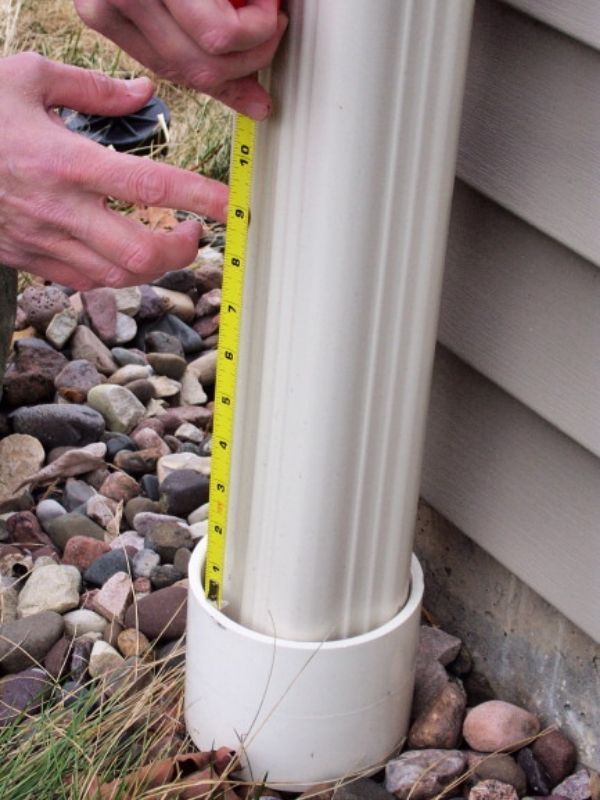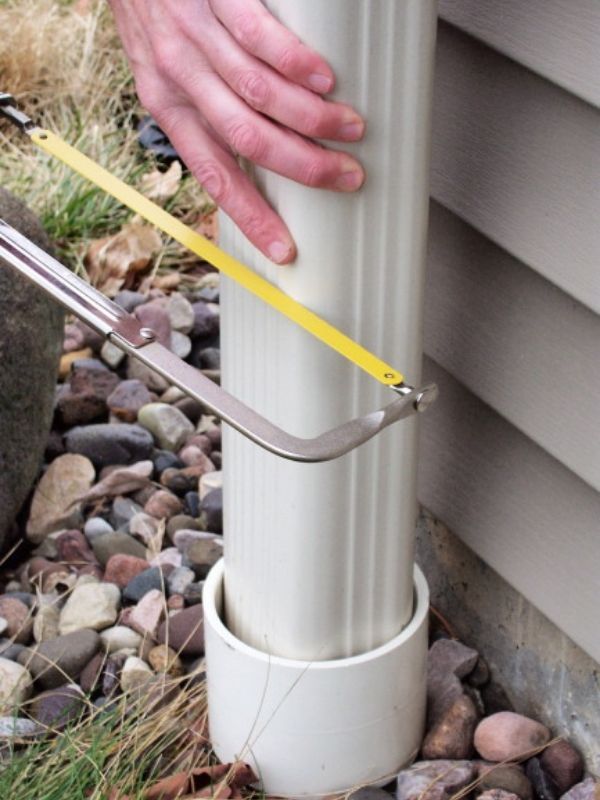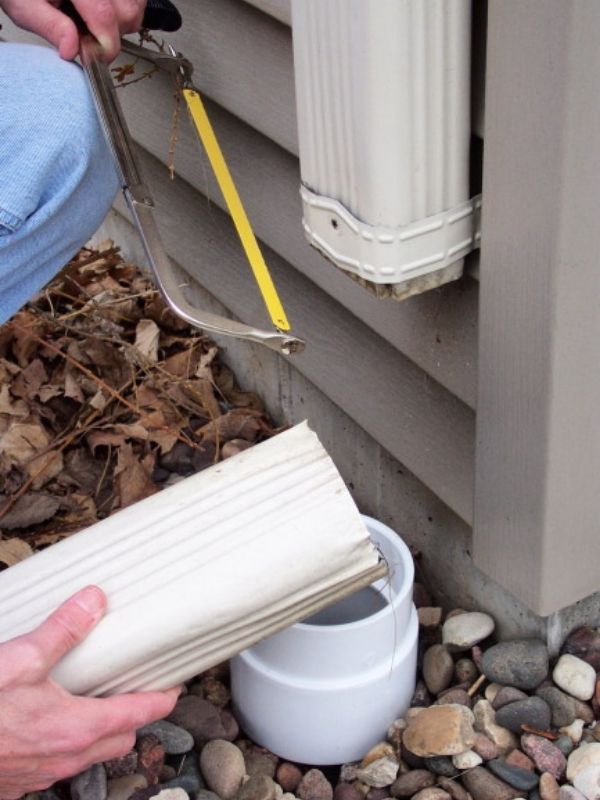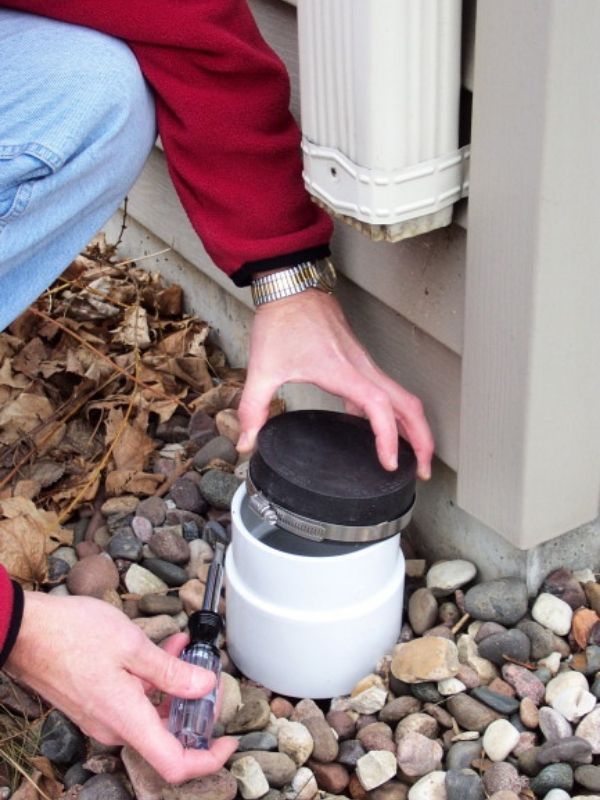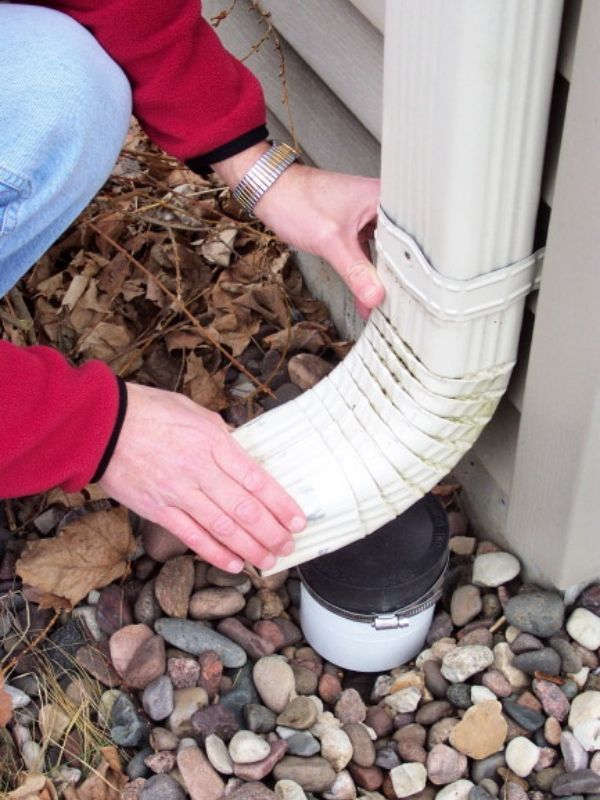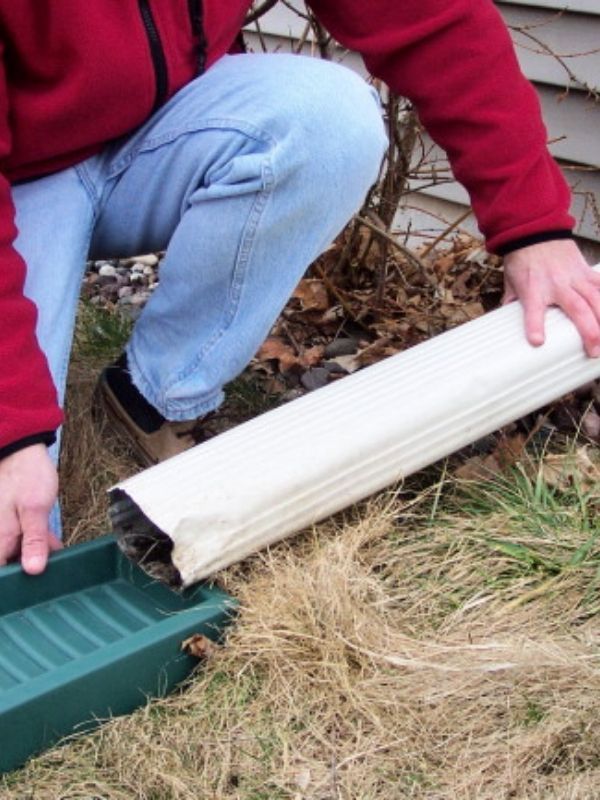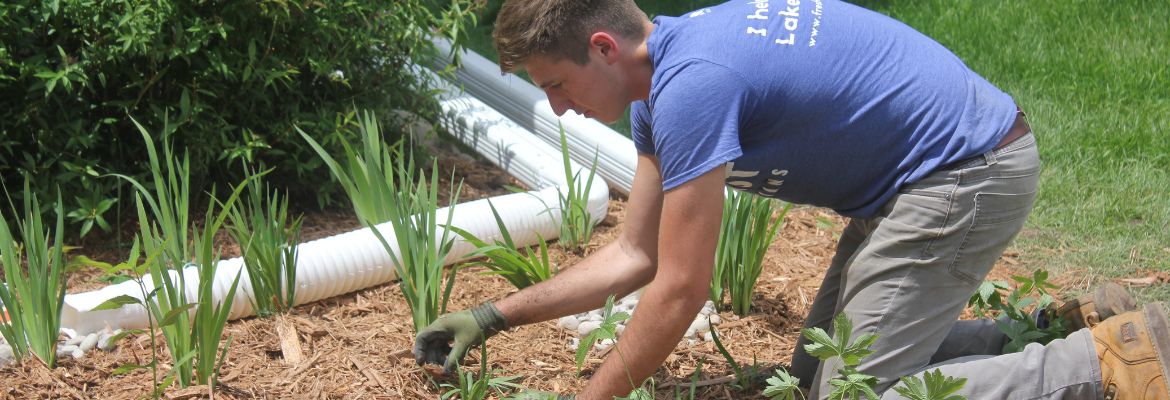
Downspout Disconnection
Why Should I Disconnect My Downspout?
During heavy rain, every downspout on your home can send 12 gallons of water a minute to the sewer system, which increases the risk of sewer water backing up into basements and overflowing into our waterways. Disconnect and help keep excess water out of sanitary sewers.
Like many cities, the older portion of the City of Milwaukee and the Village of Shorewood is served by combined sewer systems that carry rainwaters, also known as clear water, and household wastewater to the Metropolitan Milwaukee Sewerage District's (MMSD) treatment facilities.
A significant source of clear water within the combined sewer is from rain that falls on your roof and is collected by downspouts that are directly connected to the combined sewer system. During rainstorms, this clear water can overwhelm sewer pipes and MMSD's treatment plants, leading to street flooding, basement backups, and sewage overflows directly into our waterways.
Some Downspouts Cannot be Disconnected.
You'll need enough green space in your yard to drain water into the ground naturally. You want to avoid creating water problems for neighbors or icy conditions on sidewalks, driveways, or roads. It's VERY important to check with your municipality to ensure you can legally disconnect and disconnect correctly.
Downspout Disconnection Programs
In an effort to reduce the amount of clear water that enters the combined sewer system during rain events, MMSD amended our Rules and Regulations to require the disconnection of downspouts at residential properties of four units or less in the combined sewer service area as long as the disconnections comply with the criteria outlined in the City’s plumbing code and MMSD’s Rules and Regulations.
To comply with these rule changes, the City of Milwaukee began the Milwaukee Downspout Disconnection Program and the Village of Shorewood Downspout Disconnection Program. To learn if your home is in the combined sewer service area, read the Downspout Disconnection Program frequently asked questions or call 414-286-CITY (2489).
How to Disconnect Your Downspout
Follow these steps to safely disconnect your downspout.
What You Will Need to Disconnect

- Hacksaw
- Tape measure
- Hammer
- Screwdriver
- Pliers
- Sheet metal screws
- Downspout elbow
- Downspout extension
- Splash block (optional)
- Rubber Cap
Learn how to disconnect your downspout with Melinda Myers.
Help Us Manage Water Where it Falls
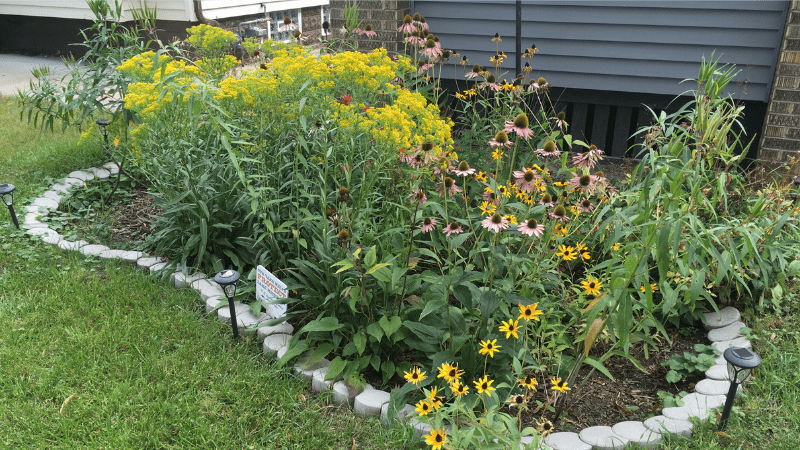
Plant a Rain Garden
Rain gardens help reduce sewer overflows and water pollution by absorbing stormwater runoff from hard surfaces into the ground naturally. Learn how to plant a rain garden and help protect Lake Michigan.
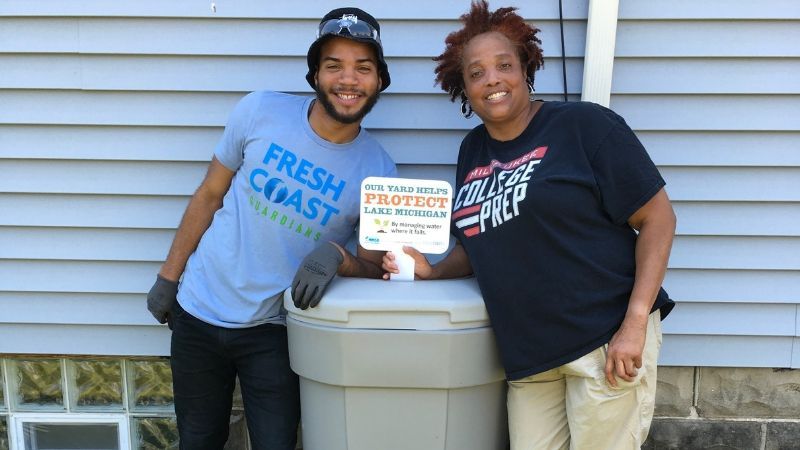
Install a Rain Barrel
Get FREE water by the barrel from your roof and use it when it’s dry outside to use in your landscape. Rain barrels help keep excess water out of the sewer system and help reduce water pollution.

Text: WATERDROP to 414-296-4422 for Española texto GOTADEAGUA a 414-296-4422
Receive Water Drop Alert text messages when heavy rain threatens the area. When a Water Drop Alert has been issued, a reminder is sent to use less water.
What do you do when an alert is issued?
- Hold off on washing dishes and laundry
- Take a shorter shower
- Empty your rain barrel


